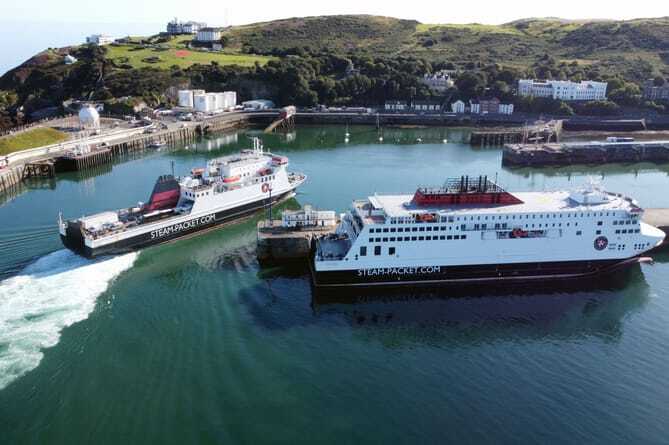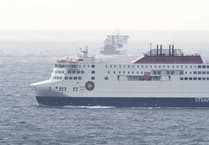Laying up the Ben-my-Chree semi-permanently will reduce her reliability and result in substantial future maintenance costs.
That’s the view of the Steam Packet board in their 2024 business plan which has just been published.
Following the launch into service of the flagship Manxman, the ferry operator wants to replace the Ben with the MV Arrow freighter as its back-up vessel, which would require a change to the Sea Services Agreement. This would allow the Ben to be sold.
The 2024 business plan forecasts a 6.7% drop in earnings before tax this year as costs increase by 10.1%, exceeding revenue growth of 5.1%.
Revenue has risen broadly in line with the 5.4% fare increase permitted by the Sea Services Agreement.
It rose from £62.3m in 2022 to an estimated £66.5m last year and is budgeted to increase to £69.9m this year. But costs have risen more - from just over £40m in 2022 to an estimated £46.2m last year and by a predicted further £4.65m this year to £50.9m.
The Steam Packet said this 10.1% increase in costs is a reflection of continuing high inflationary pressures, particularly in the first half of the year.
But it said it also reflects the additional cost of holding the Ben-my-Chree as a back-up vessel, as well as the cost of holding the MV Arrow while the company attempts to reach agreement with the Department of Infrastructure to replace the Ben with the Arrow.
‘The board believes that the retention of BMC in semi-permanent lay-up will reduce her reliability and incur substantial future maintenance costs,’ it said.
The business plan gives a figure of £0.5m for the costs of lay-up.
Other notable cost increases during the past year include fuel up £1m and port dues and costs up £0.8m which the Steam Packet said reflected both prevailing inflation levels and ‘additional costs attributable to the new Liverpool terminal’.
It said a key assumption of the budget is that the MV Arrow charter income is equivalent to her operating costs of £2.2m. Failure to achieve this is likely to result in a material reduction in annual profitability, it warned.
A 1.1% increase in passenger figures is predicted this year, although the number of foot passengers, which were up from 203,546 in 2022 to 229,375 last year, is forecast to dip to 225,183 in 2024. The number of vehicle passengers is expected to rise from 391,844 in 2022 to 403,161 this year.
But freight volumes are forecast to fall by 08.%, from 192,928 in 2022 to an estimated 195,238 in 2023 and then down to 193,668 in 2024.




